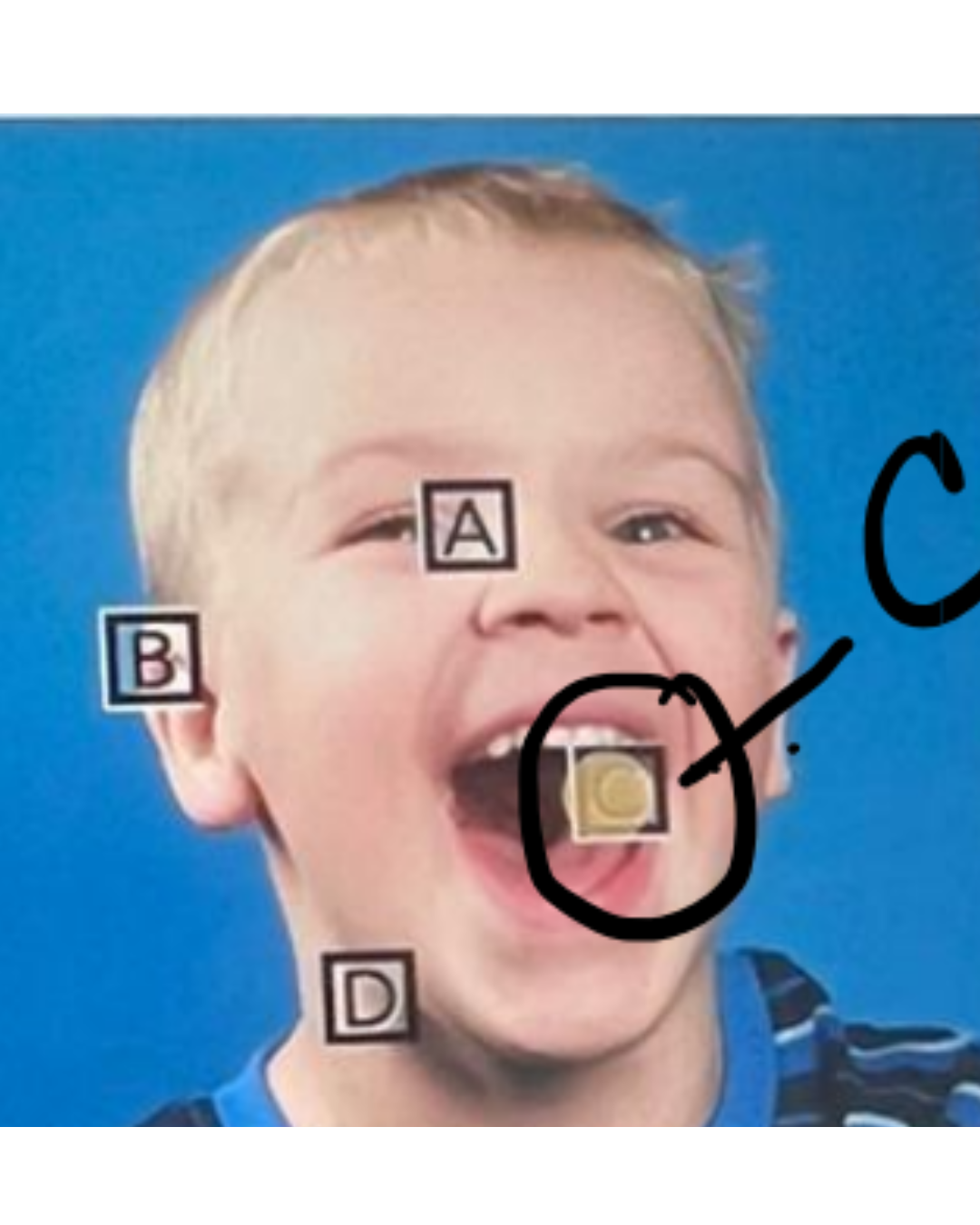ATI RN
RN ATI Pediatric Nursing Proctored Exam with NGN 2023 Questions
Extract:
Question 1 of 5
A nurse is assessing a child who has measles. Which of the following areas should the nurse inspect for Koplik spots?

Correct Answer: C
Rationale: The correct answer is C. Koplik spots are small, white, grain-like spots with a red halo that appear on the buccal mucosa opposite the molars. They are specific to measles and typically appear 2-4 days before the rash. Inspecting other areas like the skin (choice
A), scalp (choice
B), nails (choice
D), ears (choice E), throat (choice F), or feet (choice G) would not reveal Koplik spots as they are only found in the mouth.
Therefore, choice C is the correct option for assessing Koplik spots in a child with measles.
Question 2 of 5
A nurse on a pediatric unit is caring for four children. The nurse should use droplet precautions for which of the following children?
Correct Answer: C
Rationale: The correct answer is C: A toddler who has seasonal influenza. Droplet precautions are required for diseases transmitted via respiratory droplets, such as influenza. Seasonal influenza is highly contagious through respiratory secretions, making it crucial to prevent transmission. The other choices do not require droplet precautions: A - viral conjunctivitis is spread through direct contact with eye secretions, B - pediculosis capitis (head lice) is spread through direct head-to-head contact, and D - hepatitis A is primarily spread through the fecal-oral route.
Therefore, C is the correct choice for droplet precautions.
Question 3 of 5
A nurse is assessing a school-age child who is receiving morphine. For which of the following adverse effects should the nurse monitor?
Correct Answer: B
Rationale: The correct answer is B: Bradypnea. Morphine is an opioid that can cause respiratory depression, leading to bradypnea (slow breathing). The nurse should monitor the child's respiratory rate regularly as a safety precaution. Hypertension (
A), Stevens-Johnson syndrome (
C), and prolonged wound healing (
D) are not typically associated with morphine use in school-age children. Monitoring for these adverse effects would not be a priority in this situation.
Extract:
History and physical 0830: Pharyngitis 3 weeks ago. Prescribed 5-day course of azithromycin. Antibiotic discontinued on day 3 due to gastrointestinal upset. Current on all recommended immunizations.
Question 4 of 5
A nurse in the emergency department is caring for a 10-year-old child. The nurse is assessing the child. Which of the following findings require follow-up? Select the 5 findings that require follow-up.
Correct Answer: A,B,C,D,E,F
Rationale: The correct answer includes all options (A, B, C, D, E, F) because they are essential vital signs and key indicators of the child's health status. Temperature (
A), heart rate (
B), respiratory rate (
D), and oxygen saturation (F) are crucial physiological parameters that can indicate underlying health issues if abnormal. Report of pain (
C) is important to assess the child's comfort and potential underlying conditions.
Tonsillar findings (E) could indicate infections or other throat issues. Follow-up on all these findings is necessary for a comprehensive assessment of the child's health.
Question 5 of 5
A nurse on the pediatric unit is admitting the child from the emergency department. For each of the assessment finding below, click to specify if the assessment finding is consistent with Kawasaki disease, scarlet fever, or rheumatic fever. Each finding may support more than 1 disease process of none at all. There must be at least 1 selection in every column. There does not need to be a selection in every row.
| Assessment finding | Kawasaki Disease | Scarlet fever | Pheumatic Fever |
|---|---|---|---|
| Recent diagnosis of pharyngitis. | |||
| Nodules | |||
| Cardiomegaly | |||
| Polyarthralgia |
Correct Answer: A,B,C,D
Rationale: The correct answer is .
A: Recent diagnosis of pharyngitis - Consistent with all three diseases as pharyngitis can be a symptom in Kawasaki disease, scarlet fever, and rheumatic fever.
B: Nodules - Can be seen in Kawasaki disease (cervical lymphadenopathy), scarlet fever (subcutaneous nodules), and rheumatic fever (subcutaneous nodules).
C: Cardiomegaly - Seen in Kawasaki disease (coronary artery aneurysms), scarlet fever (cardiomegaly due to myocarditis), and rheumatic fever (cardiomegaly due to carditis).
D: Polyarthralgia - Present in Kawasaki disease (arthritis), scarlet fever (arthritis), and rheumatic fever (migratory arthritis).
Therefore, all these assessment findings can be associated with Kawasaki disease, scarlet fever, and rheumatic fever.
